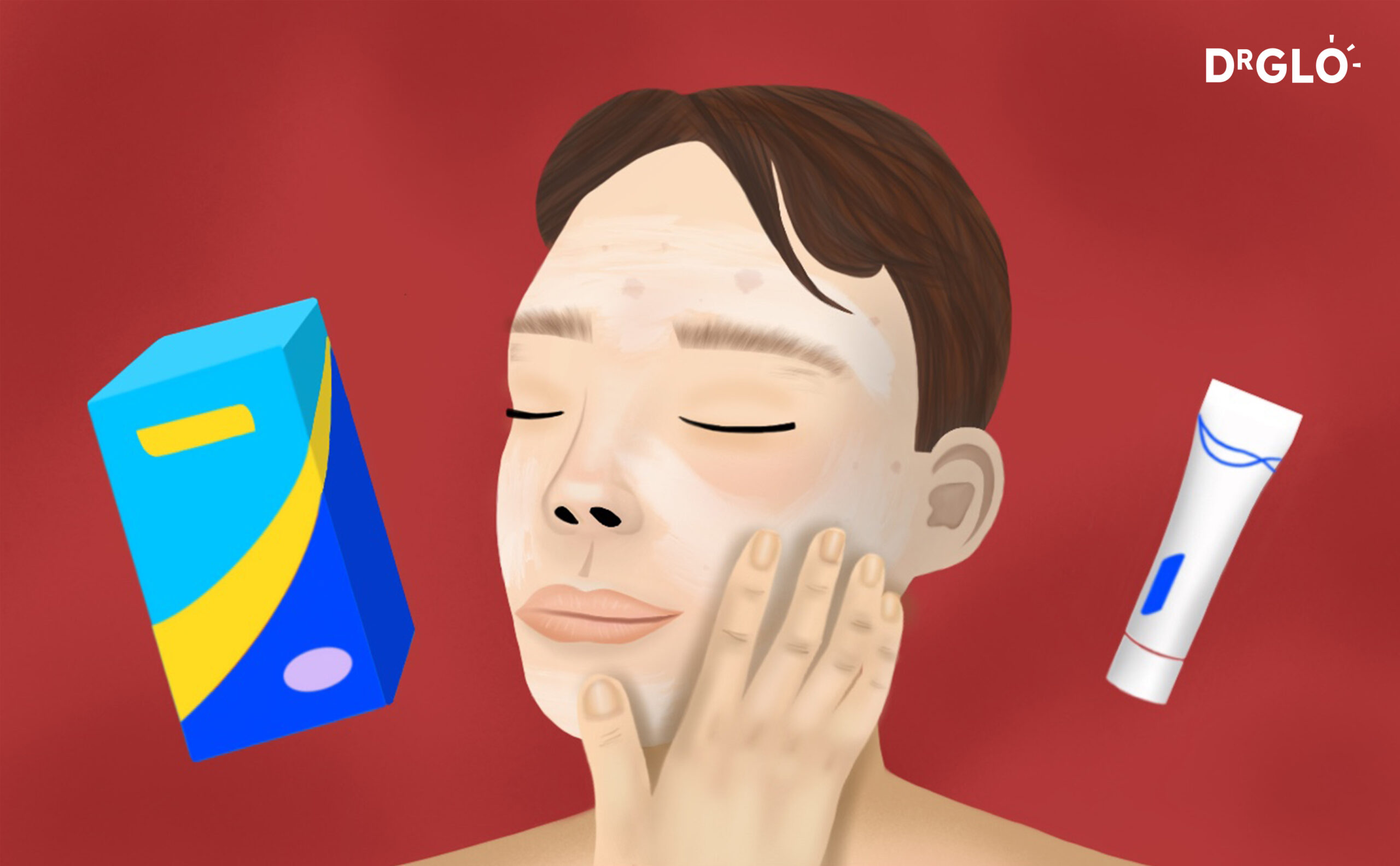
What is Differin (Adapalene)?
Differin (Adapalene) is prescription-strength over-the-counter (OTC) gel that is applied to your face to treat acne and to prevent future breakouts. It contains an active ingredient called Adapalene which belongs to a class of drugs known as retinoids (vitamin A).
How Does Vitamin A Cream Work?
Vitamin A containing products act by regulating the renewal of skin cells and prevents acne from developing by doing the following:
- Unblocking pores
- Reducing inflammation
- Lowering skin oil production
- Reducing colonisation of acne causing bacteria
Vitamin A cream is effective in treating various forms of acne, including comedonal (whitehead and blackheads), as well as pimples.

PRO TIPS
For a comprehensive understanding of acne, we invite you to explore our article: Acne 101.
How to Use Vitamin A Cream/Gel Like Differin (Adapalene)

IMPORTANT
It will take some time for the skin on your face to get used to vitamin A cream. It is recommended that you start by applying 3 times per week until your skin gets used to it. Once your skin gets used to it, then it can be applied nightly to the face.

IMPORTANT
Please note that vitamin A cream should be applied to normal looking skin on the face and not just as spot treatment for the individual pimples only.
Step-by-Step Instruction
Evening Routine 🌙
1. Cleanser
Start by washing your face with a gentle, oil-free, non-comedogenic (won’t clog pores) cleanser.
2. Moisturiser
Apply an oil-free, non-comedogenic (won’t clog pores) moisturizer to keep your skin hydrated. Even acne-prone skin needs moisture.
3. Apply Vitamin A Cream
Apply Sparingly: Apply a thin layer of vitamin A cream to the affected areas once daily, usually in the evening.

PRO TIPS
Please introduce vitamin A cream slowly, preferably 3 times per week to begin with. Aim for nightly as field treatment (not spot treatment) once your skin adapts to it.
Morning Routine ☀️
1. Cleanser
Start your day by cleansing your face with a gentle, soap-free, oil-free and non-comedogenic (won’t clog pores) cleanser.
2. Moisturizer
Apply an oil-free, non-comedogenic (won’t clog pores) moisturizer to keep your skin hydrated.
3. Sunscreen
Finish your morning routine with a broad-spectrum sunscreen with an SPF of at least 50. Vitamin A cream can make you more sensitive to sunlight. Also, UV rays can worsen acne scars and inflammation, so sun protection is crucial.

PRECAUTION
1. Avoid Sensitive Areas
Avoid applying the cream/ gel around the eyes, mouth and creases around the nose.
2. Sun Protection
It is important to use sunscreen during the day, as retinoids like vitamin A cream can increase sensitivity to the sun.
3. Severe irritation or side effects
Please stop immediately and consult your healthcare professional.
4. Females of childbearing age
Please stop vitamin A cream if planning pregnancy, if pregnant or breastfeeding.
Disclaimer: The information provided here is a general guideline. Please consult your healthcare professional for specific instructions.
 Common Skin Conditions
Common Skin Conditions Paediatric Conditions
Paediatric Conditions Skin Cancer
Skin Cancer Infectious Skin Conditions
Infectious Skin Conditions Other Skin Conditions
Other Skin Conditions Treatment & Management
Treatment & Management Prevention & Skincare
Prevention & Skincare


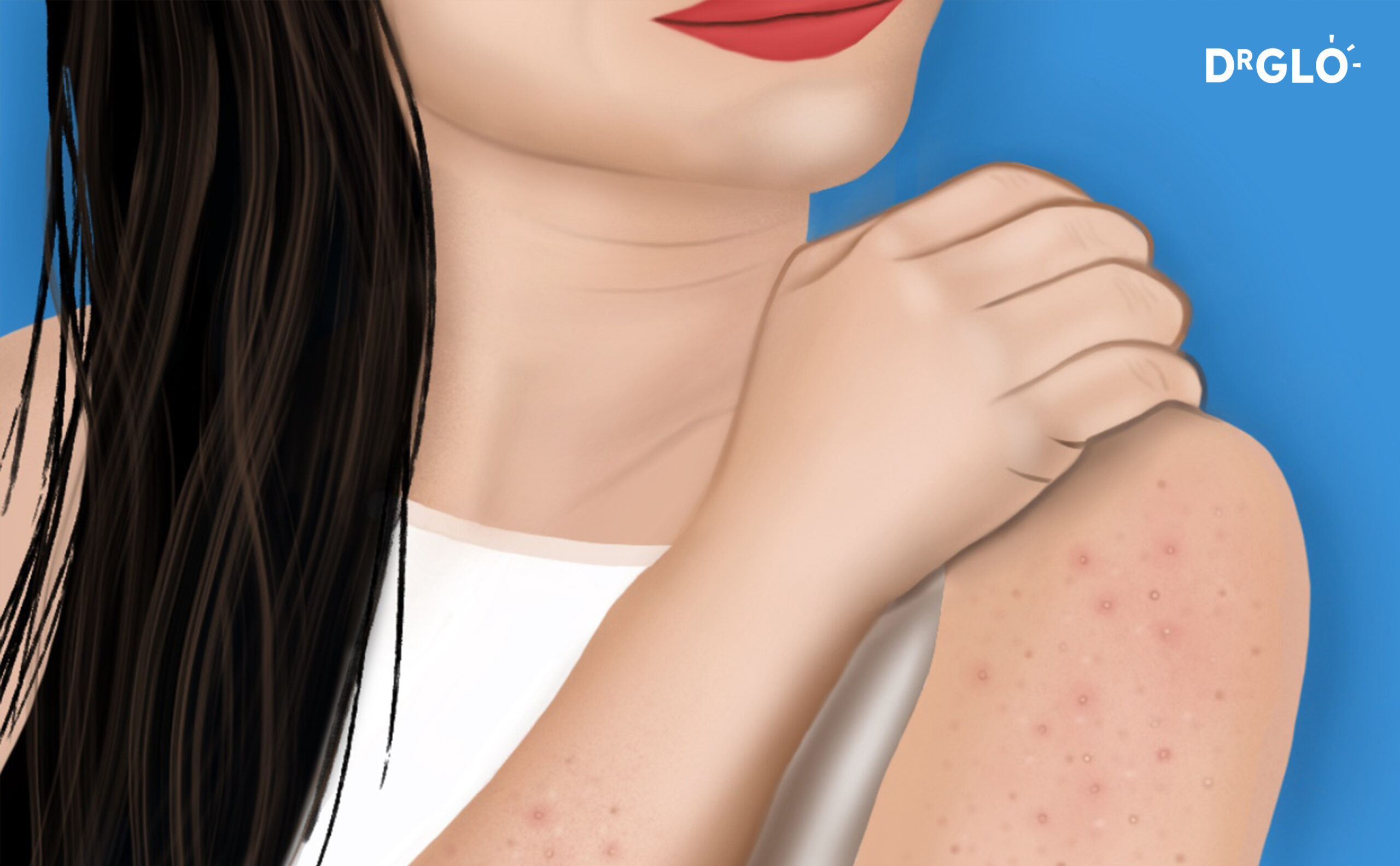
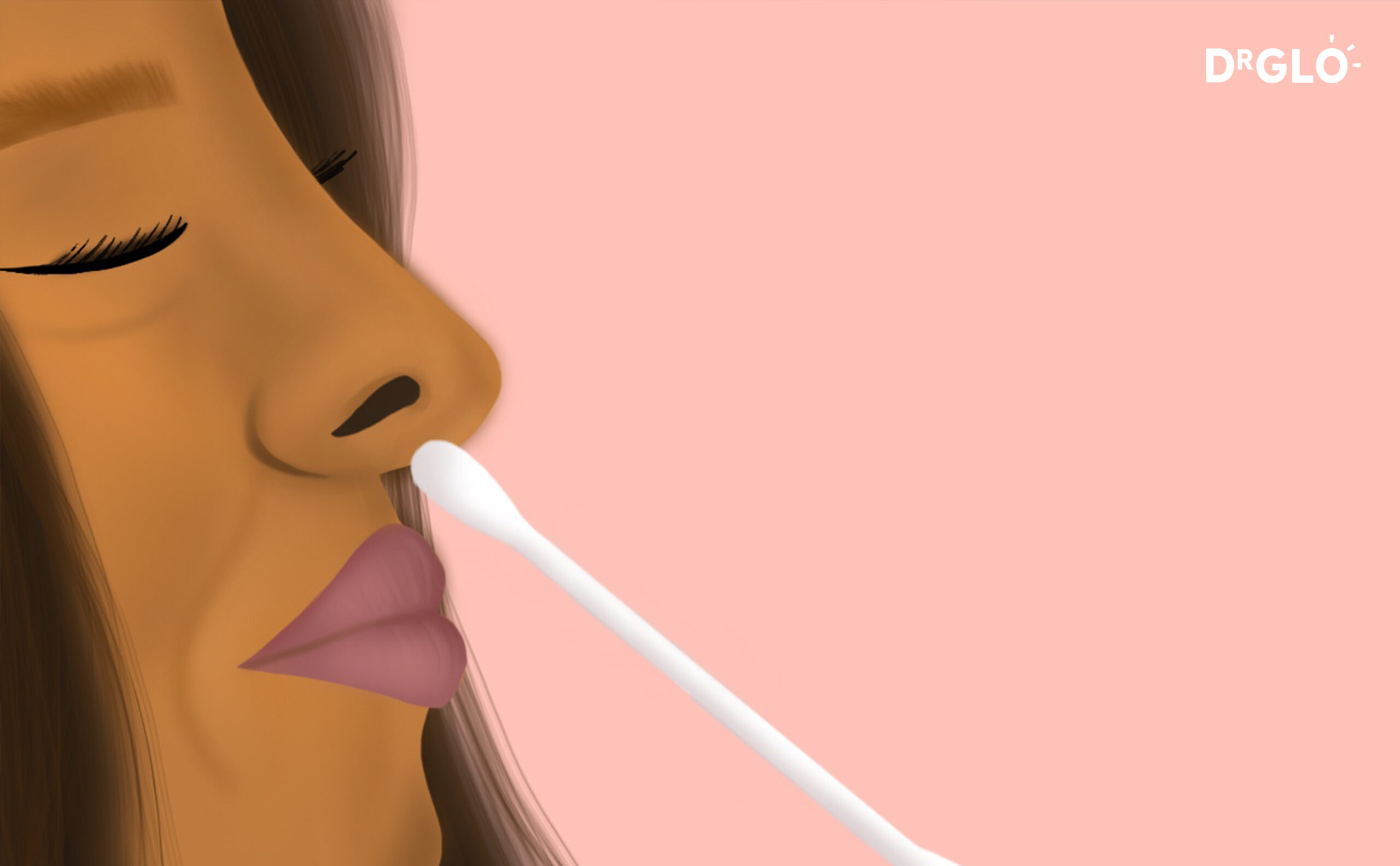
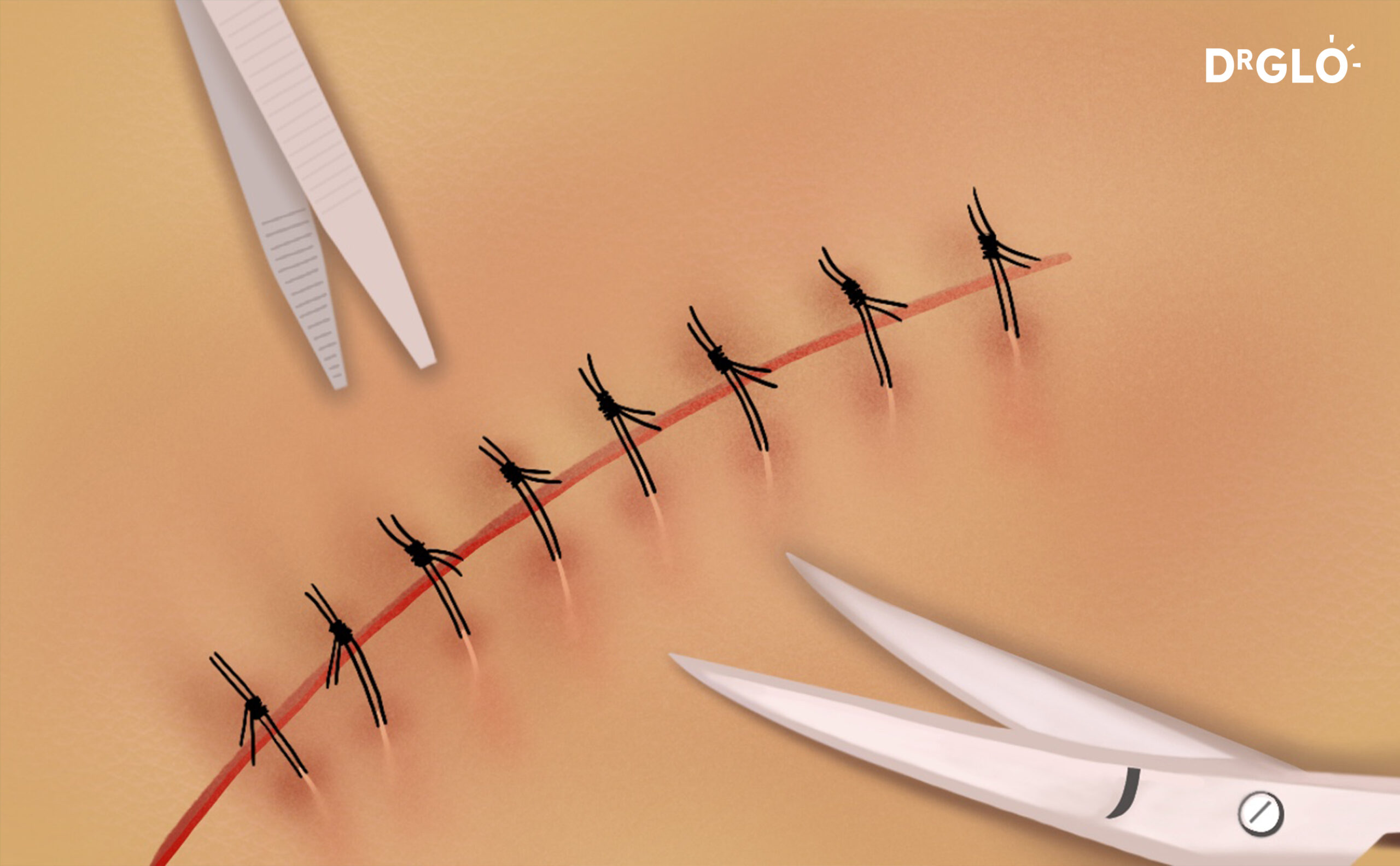
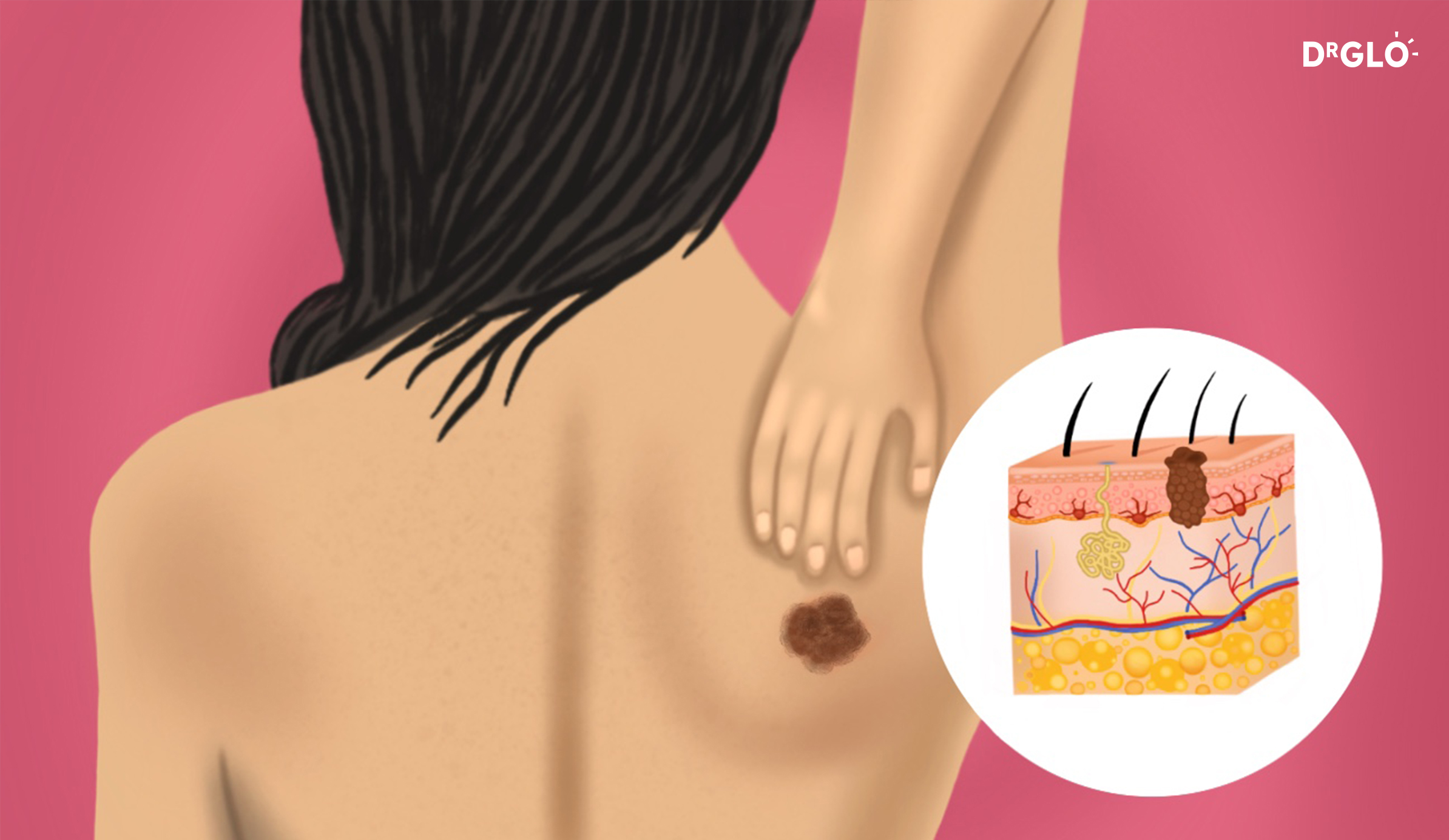
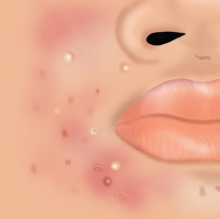

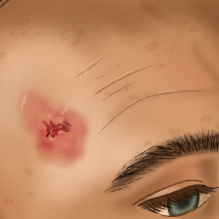

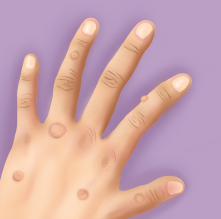

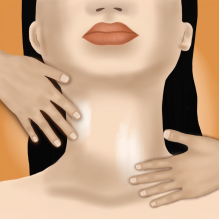
Popular Articles